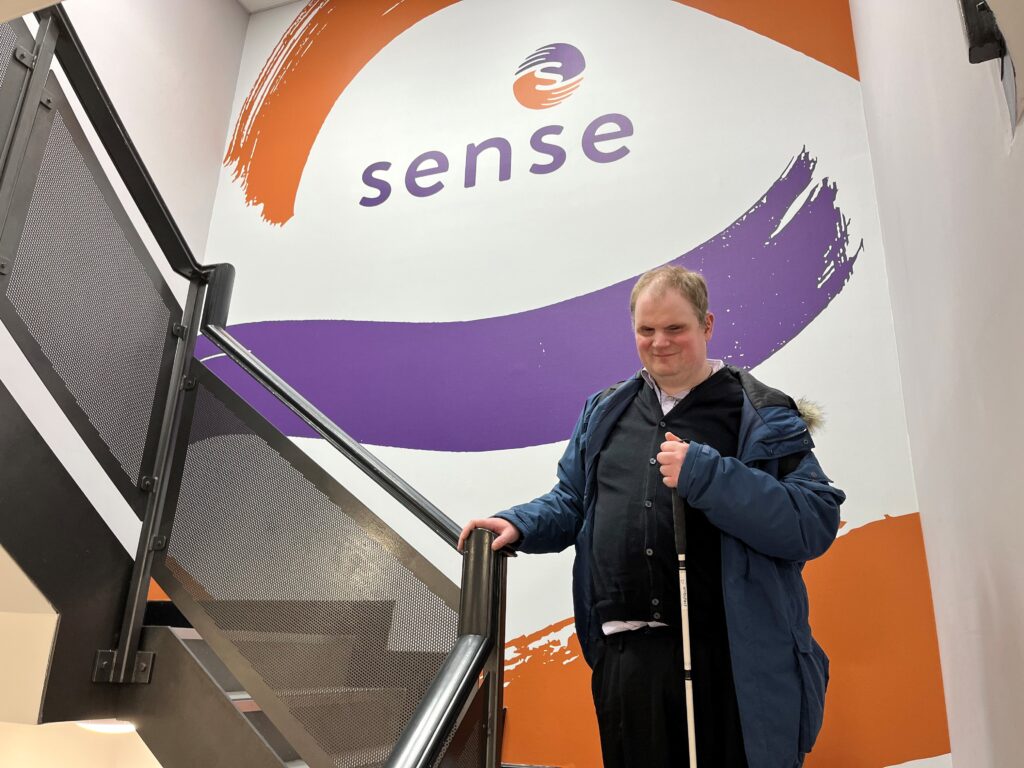Why positive disability representation in the media matters

You might have seen some controversy recently surrounding the upcoming release of a new children’s book by BBC radio personalities Greg James and Chris Smith. The book is a follow-up to Roald Dahl’s classic, The Twits.
The controversy centred around a promotional video for the new book, which featured the writers discussing how to make the characters “more revolting”. When their illustrator suggested adding a glass eye, Greg James said, “That’s it. What a disgusting pair of twits.”
Sure, Mrs Twit had a glass eye in the original 1980 book. But in 2024, it’s disappointing to see disability spoken about in terms of it being “revolting”.
The comment has been roundly condemned as a negative portrayal of disability. The video was quickly taken down, and James has apologised.
The whole debacle got me thinking about why this stuff matters. Why are negative portrayals of disabled characters so damaging, and what are the benefits when a disabled character is portrayed positively?
There’s barely any representation of disabled people in the media
“I can’t think of a single book I read as a child that had a disabled character in it.”
According to research by the Cooperative Children’s Book Center in the US, only 4% of children’s books contain a disabled main character. This means that for many disabled children growing up, they have very few people in literature that they can relate to.
In 2022, Creative Diversity Network published a report exploring the representation of disabled people on and off screen. It revealed that, at the current rate of progress, it will take until 2041 for disabled people to be properly represented in the UK television industry.
Growing up, I certainly didn’t encounter many characters like me in the stories I consumed. Although I didn’t watch much TV growing up – accessibility features like audio description were in their infancy at the time – I did read a lot of books.
I can’t think of a single book I read as a child that had a disabled character in it.
As a child, this made me feel in some way excluded from stories. It also meant that friends of mine who weren’t disabled didn’t have portrayals of disabled characters to help them relate to me.
I’ll never forget when, during my university freshers’ week, someone said to me: “I’ve never met a disabled person before, I’ve no idea how to relate to you”. Perhaps if that person had seen us portrayed on TV, films or in books, they may not have been so frightened of the unknown.
When disabled people are shown, we’re villains or figures of pity
Too often, disabled characters aren’t shown at all – and when they are, they are often stereotyped negatively or portrayed inaccurately.
“The long-running James Bond franchise often features villains with facial disfigurements. Such negative portrayals can perpetuate the idea that ‘disabled’ equals ‘bad’.”
Another Roald Dahl adaptation, the 2020 film The Witches, featured witches with distinct hand and feet impairments. For adults, the long-running James Bond franchise often features villains with facial disfigurements. Such negative portrayals can perpetuate the idea that “disabled” equals “bad”.
Speaking about the Bond Franchise in 2020, the TV presenter Adam Pearson said, “When the only character with a scar or disfigurement is shown on screen as the villain, it’s perpetuating the use of an old-fashioned and outdated trope.”
Even more frustratingly, even when a disabled character is portrayed, it is not uncommon for them to be played by a non-disabled actor. This practice is known as “cripping up”.
In the press, disabled people are often portrayed as “inspirational” simply for trying to live a normal life and do the things everyone else takes for granted. Stories like these portray us in a way designed to provoke pity from the public.
Things are getting better – slowly
But things are improving, albeit gradually. We are starting to see more disabled actors, such as Ruth Maidley and Liz Carr, who are helping improve disability representation on TV. The comedian Lost Voice Guy won the 2018 series of Britain’s Got Talent.
In children’s literature, the comedian Rosie Jones has launched a series of books, starting with the fantastic The Amazing Edie Eckhart, all about a young girl with cerebral palsy. Rosie said she wrote the series because, growing up, there was no one in any of the books she read with the same disability as her.
Although we are starting to see more disabled characters represented in TV, film and literature, there is still a long way to go before the media becomes truly representative of the society we live in.
Images and stories in the media can deeply influence public opinion and establish societal norms. The media is a vital instrument in raising awareness, countering stigma and misinformation.
That’s why media outlets must do more to look beyond tropes, and tell the authentic stories of disabled people.

